It turns out, many of the everyday foods we’ve been enjoying for years come with smart shortcuts and surprising techniques that make them tastier, cleaner, and way more fun to eat. These aren’t just fancy foodie tricks—they’re game-changers you’ll wish you knew sooner.
From using a spoon to effortlessly scoop a kiwi to flipping your cupcake into a frosting sandwich, these hacks aren’t just clever—they’re life-improving. Some come straight from professional kitchens, others from global street food vendors, and a few are just plain genius.
So if you’ve ever struggled with peeling, slicing, or eating without making a mess, you’re about to level up your food game. These are the brilliant, sometimes bizarre, always useful ways you’ve definitely been doing it wrong—and how to do it right from now on.
1. Strawberries: Hulling from the Bottom
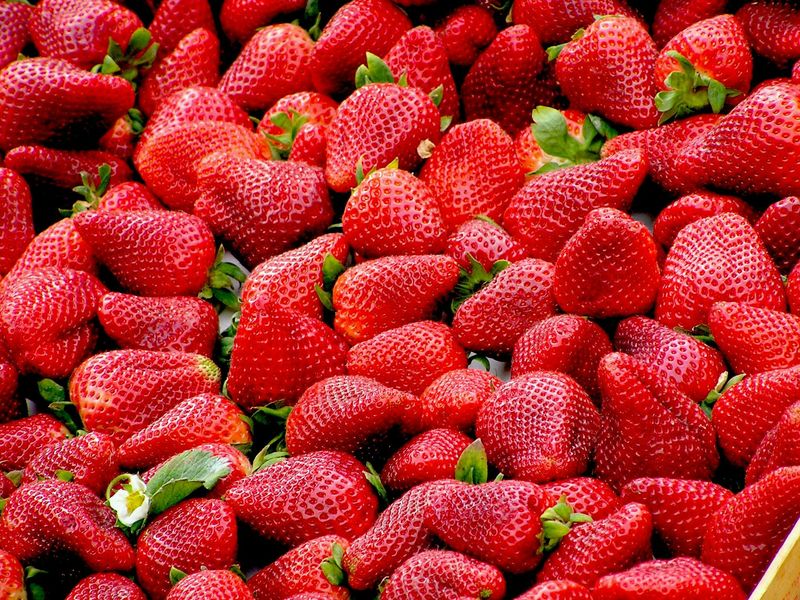
Most people grab a knife and chop off the leafy top of strawberries, wasting precious fruit in the process. Instead, push a straw (metal or paper works best) through the bottom of the strawberry and up through the top. The stem and leaves pop right out!
This simple technique preserves more of the sweet fruit and makes prep time much faster. You can also use a drinking straw or even a sturdy plastic straw if that’s what you have on hand.
Your strawberry shortcake and smoothies will thank you for the extra berry goodness. Plus, kids find this method absolutely magical to watch and do themselves.
2. Cupcakes: The Sandwich Method
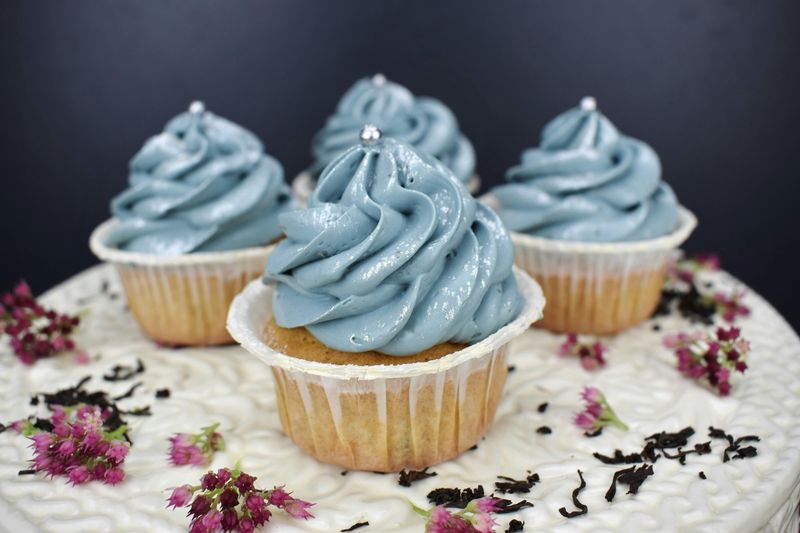
Biting directly into a cupcake often leaves frosting on your nose and creates an unbalanced frosting-to-cake ratio. The proper technique? Split that cupcake horizontally and flip the bottom to the top, creating a frosting sandwich!
This genius hack ensures every bite contains the perfect amount of cake and frosting. No more awkward face smudges or disappointing final bites with all cake and no frosting.
Bakeries don’t want you to know this trick because it transforms even the most basic cupcake into a gourmet experience. Try it at your next birthday party—you’ll never go back.
3. Oranges: The Flower Peel
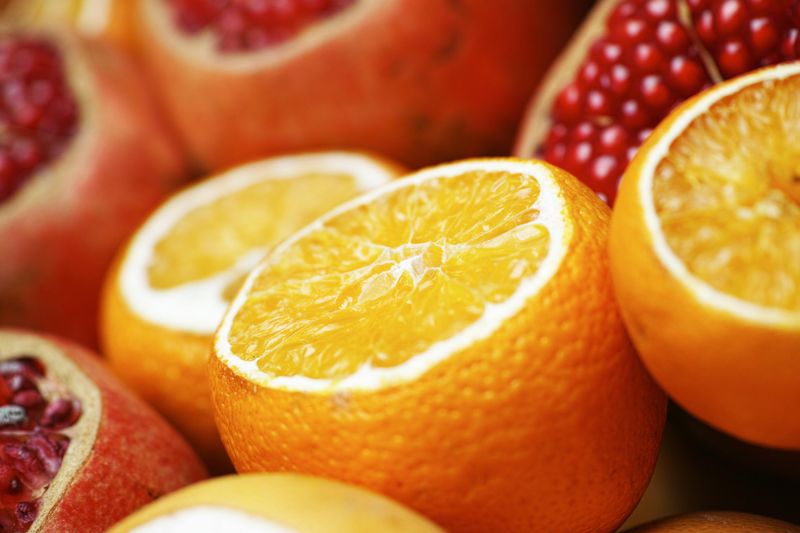
Struggling with orange peels under your fingernails? There’s a cleaner way! Cut off the top and bottom of the orange, then make one vertical slice through the peel. Unroll the orange peel in one piece—it opens like a flower with perfectly separated segments inside.
This method originated with street vendors in Asia who needed to serve oranges quickly and cleanly. The beautiful presentation makes oranges more appealing to picky eaters too.
Another bonus: when you unroll the orange this way, you release more of the citrus oils, enhancing the fragrance and flavor experience. Your hands stay cleaner and you get every juicy segment intact.
4. Bananas: Open from the Bottom
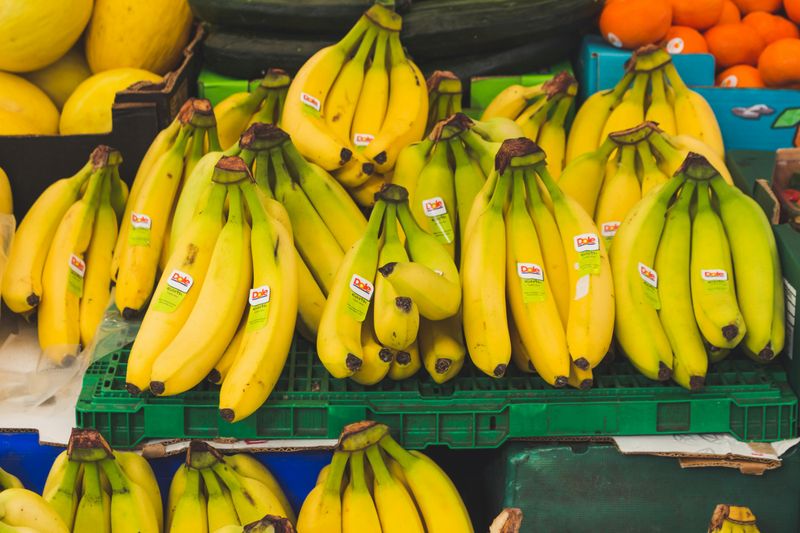
Monkeys know best—they open bananas from the bottom, not the stem! Pinch the dark tip of the banana and peel downward. This prevents those annoying stringy bits and makes the stubborn stems a non-issue.
The bottom-up method also gives you a natural handle (the stem) to hold while eating. Those black spots at the bottom? They’re actually banana seed remnants and perfectly safe to eat.
5. Kiwi Fruit: Spoon Scoop Technique
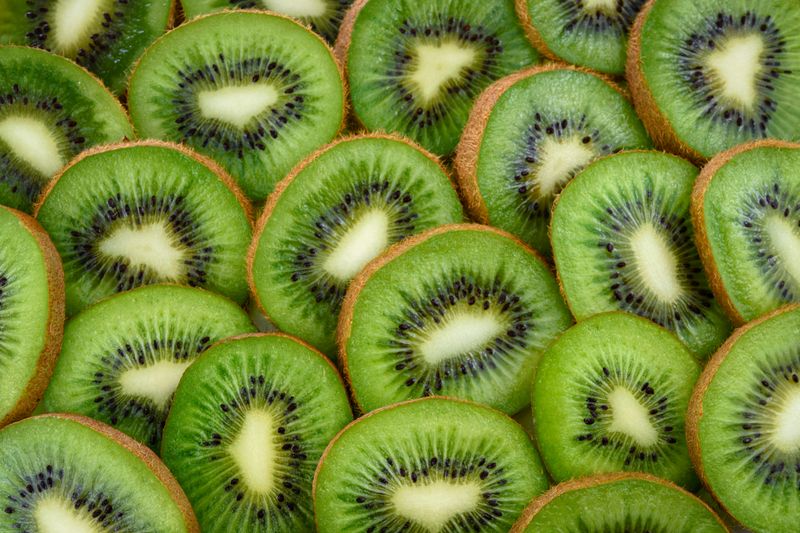
Many people waste time peeling kiwis when there’s a much easier way. Cut the kiwi in half and scoop out the flesh with a spoon! The fruit comes out perfectly in one piece, and you don’t lose any of the nutrient-rich green parts close to the skin.
For an even quicker method, cut off just the very top, then use your spoon to separate the flesh from the skin as you work your way around the fruit. You can even eat kiwi skin if it’s washed well—it’s full of fiber and nutrients.
The spoon technique works for other soft-fleshed fruits too, like avocados and mangoes. Save time and enjoy more of your favorite fruits!
6. Corn on the Cob: The Microwave Method
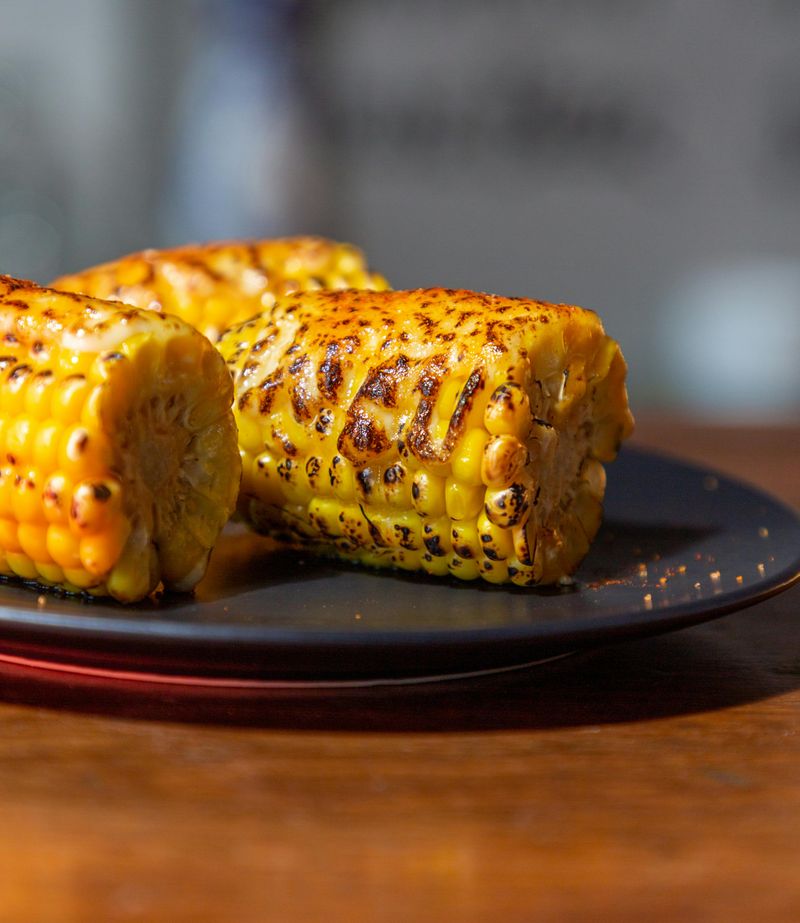
Shucking corn creates a mess of silky strings that stick to everything. Skip the hassle by cutting off the stalk end of an unshucked ear, then microwaving it for 2-4 minutes. Grab the uncut end and shake—the corn slides out completely silk-free!
The steam inside the husk loosens everything, making this the cleanest corn prep method ever. No more picking tiny silk threads from between your teeth or off your kitchen counter.
This technique works because the microwave creates steam pressure between the kernels and husk. The corn essentially steams itself while loosening those pesky silks. It’s also perfectly cooked and ready to eat with butter and salt!
7. Mangoes: The Hedgehog Cut
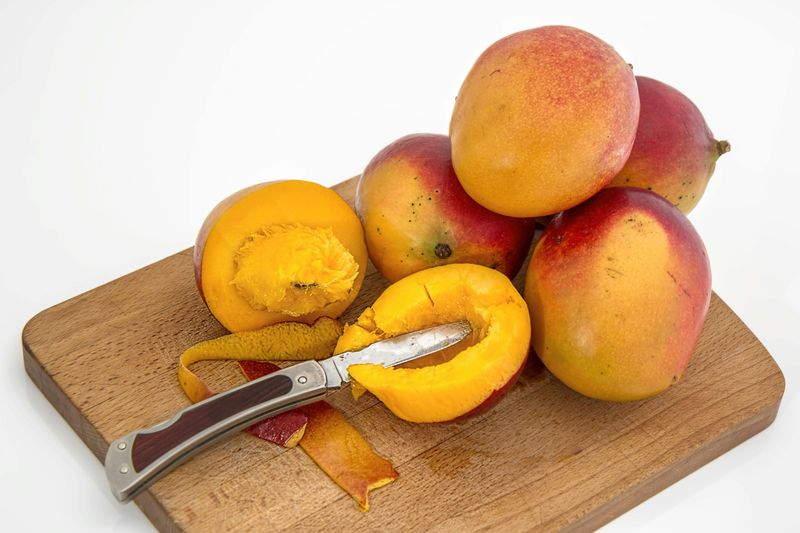
Mangoes have that annoying flat pit that makes them tricky to cut. Master the “hedgehog cut” by slicing off one side of the mango, avoiding the pit. Score the flesh in a grid pattern without cutting through the skin, then push the skin side up so the cubes pop out.
You can slice these cubes off or eat them right from the skin like a tropical lollipop. This method gives you perfect mango chunks without the sticky mess running down your arms.
Professional chefs love this technique because it creates beautiful presentation-ready fruit in seconds. The grid pattern also makes it easy to measure exact amounts for recipes or fruit salads.
8. Hard Shell Tacos: The Soft Tortilla Wrap
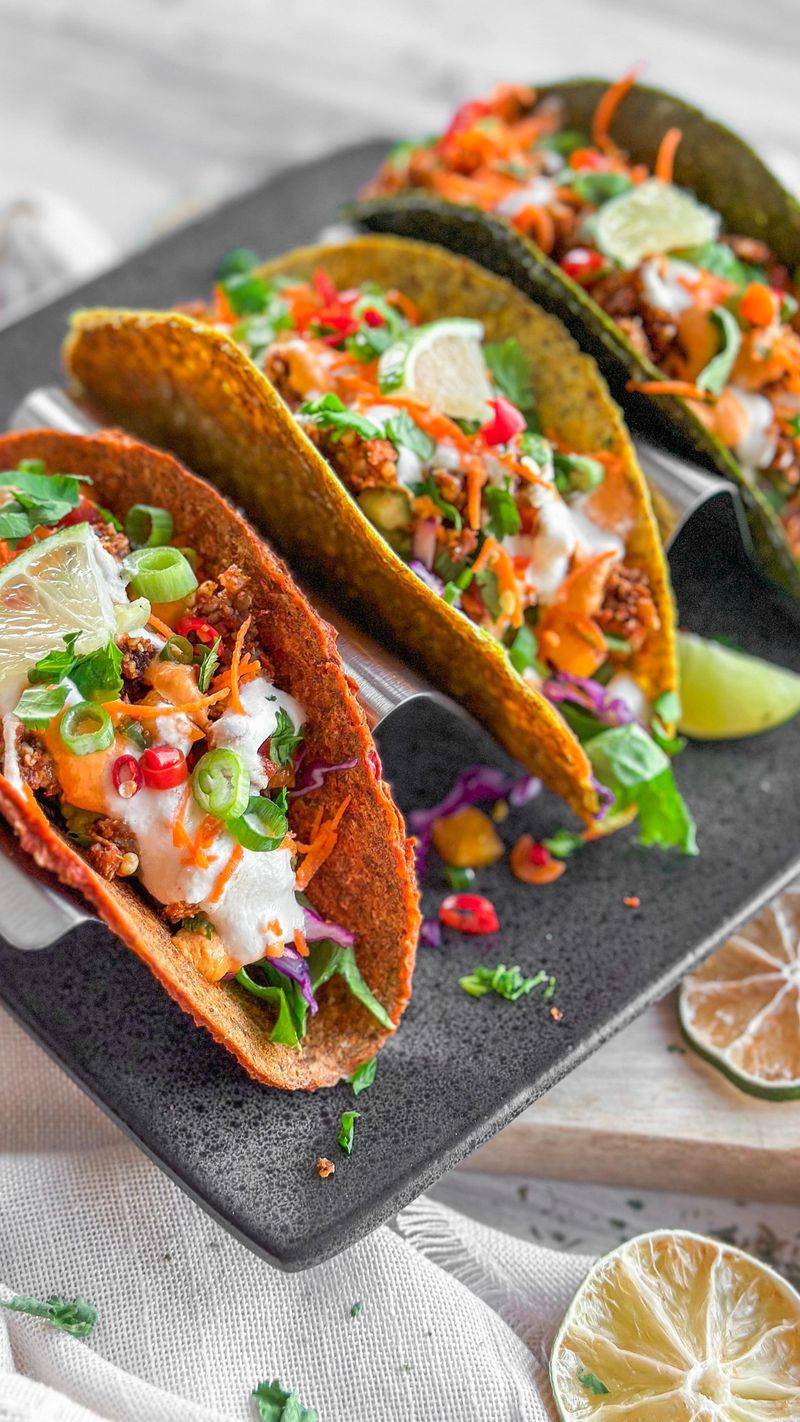
Hard shell tacos inevitably crack, sending your carefully arranged fillings everywhere. The solution? Wrap a soft tortilla around the outside of your hard shell taco! Spread a thin layer of refried beans or guacamole between the shells to make them stick together.
This genius hack creates a safety net for falling ingredients and prevents those painful sharp shell pieces from cutting the roof of your mouth. The beans add extra flavor and protein too!
Mexican food enthusiasts call this a “double decker” taco, and it combines the satisfying crunch of a hard shell with the practical durability of a soft tortilla. You’ll never eat a naked hard shell taco again after trying this method.
9. Pomegranates: The Water Bowl Method
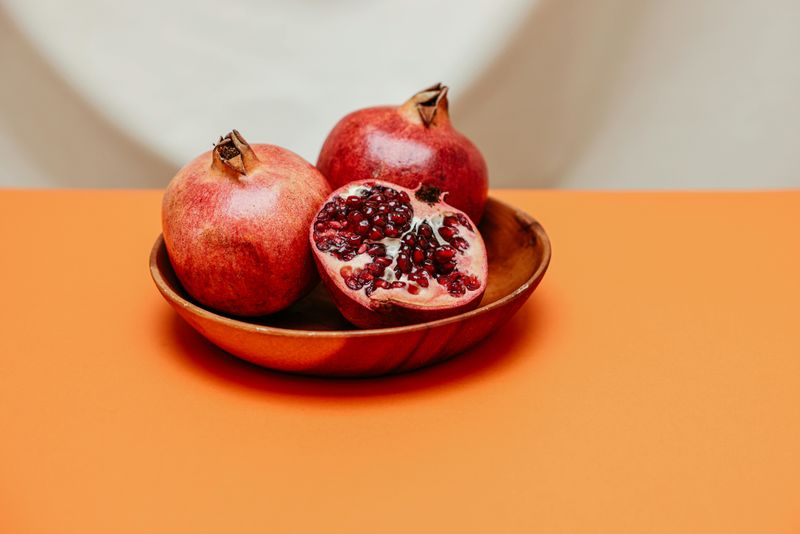
Picking out pomegranate seeds one by one is tedious, and the cut-and-whack method makes a splatter mess. Try this instead: cut the pomegranate in half, then submerge each half in a bowl of water while breaking it apart and removing seeds.
The seeds sink to the bottom while the bitter white pith floats to the top! The water prevents juice splatter on your clothes and countertops. Simply skim off the floating bits and drain your perfect seeds.
Ancient cultures considered pomegranates symbols of prosperity because of their abundant seeds. With this method, you’ll harvest every last one of those nutritious ruby gems without staining your fingers or kitchen red.
10. Peanut Butter Jars: Store Upside Down
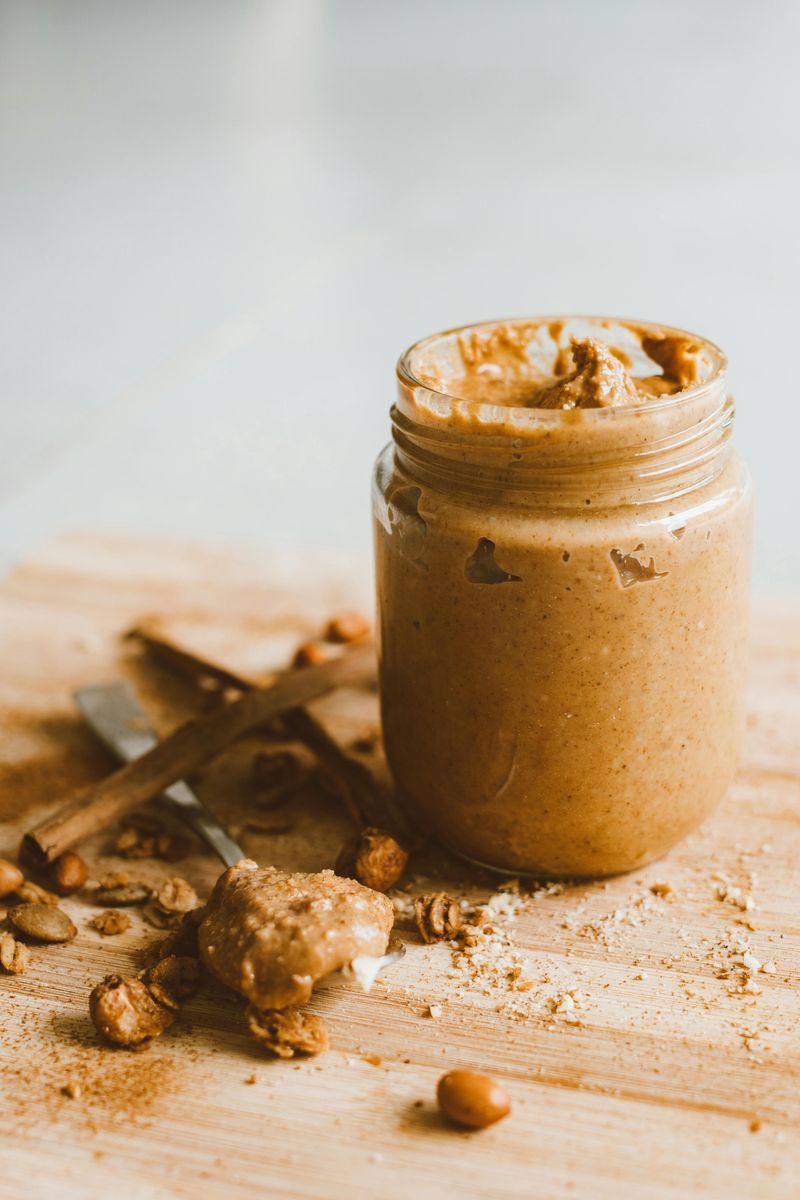
Tired of stirring natural peanut butter when the oils separate? Store the jar upside down! The oils will rise toward the lid, making it easier to mix when you flip it right-side up to open.
This simple trick works for all nut butters and eliminates that dry, hard-to-spread layer at the bottom of the jar. For even smoother results, give the inverted jar a quick shake before opening.
Natural peanut butter separates because it doesn’t contain artificial stabilizers like commercial brands. The oil is actually the healthy part—full of good fats your body needs! With the upside-down storage method, you’ll never waste any of that nutritious oil again.
11. Cheesy Pizza: The Fold Hold
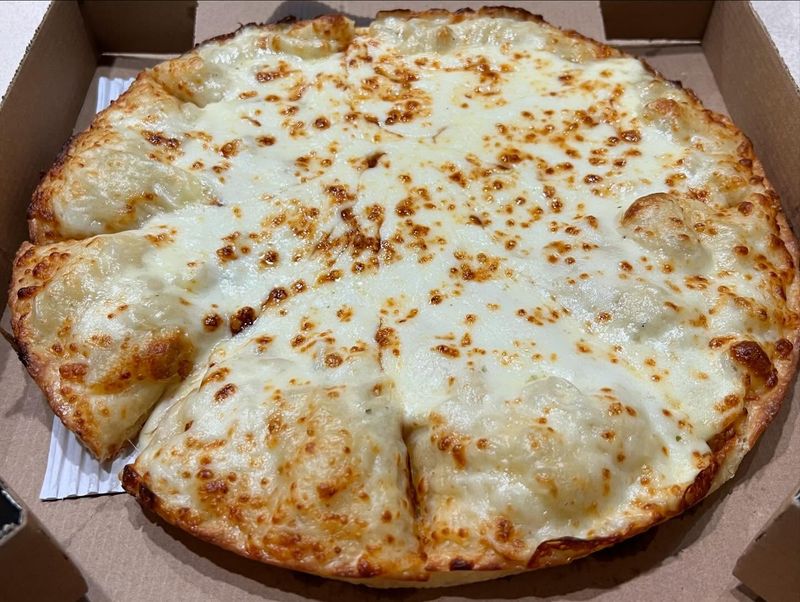
Eating pizza flat leads to floppy tips and toppings sliding off. New Yorkers have the solution: fold your slice lengthwise into a V-shape! This creates a structurally sound pizza “taco” that prevents drooping and keeps toppings in place.
The folding technique also concentrates flavors in each bite and makes one-handed eating much easier. Plus, the crust forms a natural handle at the end for clean eating.
Scientists actually call this the “fold hold” method, and it works because it creates a curved structure that resists gravity much like an arch in architecture. Even thin-crust pizza can be eaten neatly this way without requiring a knife and fork.
12. Apples: Horizontal Slicing
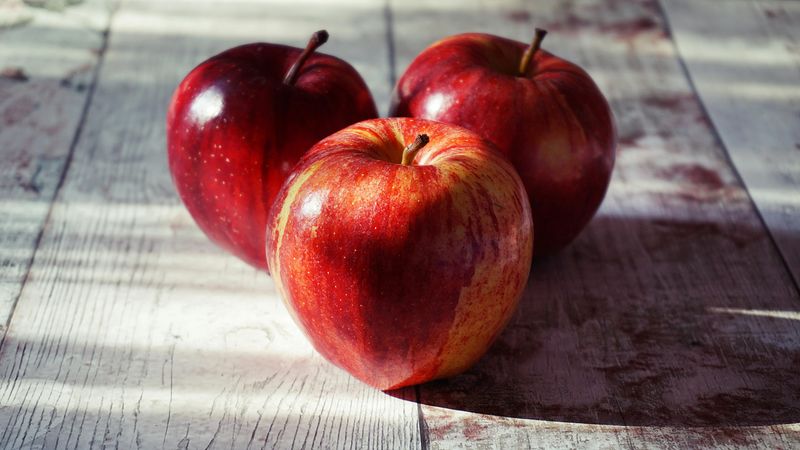
Most people cut apples vertically from stem to bottom, leaving an awkward core to throw away. Try cutting horizontally instead! Slice the apple perpendicular to the stem into rings, and the core becomes a tiny star in the middle that’s easy to pop out.
This method gives you perfect apple rings for snacking, drying, or decorating. The star-shaped seed pattern in the middle makes a beautiful natural design that kids especially love.
Horizontal cutting also exposes more of the apple’s surface area, making it perfect for dipping in caramel or peanut butter. The rings are naturally portion-controlled too—perfect for lunchboxes or sharing with friends.
13. Sushi: Flip It Over

Been dipping your sushi rice-first into soy sauce? That’s a big no-no! The rice absorbs too much soy sauce and falls apart. Instead, turn your nigiri upside down and dip only the fish part briefly into your sauce.
This technique, practiced by sushi chefs in Japan, preserves the rice’s integrity and flavor while adding just the right amount of saltiness to the fish. You’ll taste the delicate flavors better without overwhelming sodium.
Also important: never mix wasabi into your soy sauce—this is considered disrespectful to the chef who has already balanced the flavors. Place a small amount directly on your sushi piece instead for the authentic experience.
14. Oreo Cookies: The Twist and Lick
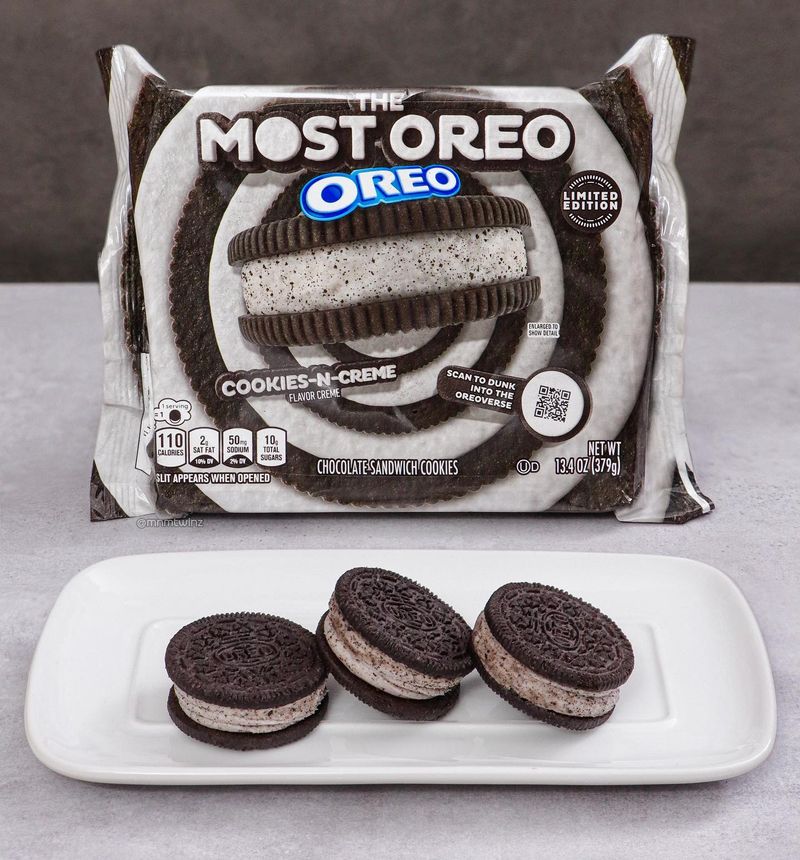
The classic Oreo commercial got it right—twist, lick, then dunk! Separate the cookies by twisting gently, not pulling, to keep the cream intact on one side. Then scrape the cream with your front teeth for maximum flavor before enjoying the chocolate cookies.
For the ultimate experience, dunk just half the cookie in milk. This keeps your fingers dry while softening the cookie to that perfect melt-in-your-mouth texture. The partial dunk also preserves some crunch for textural contrast.
Oreo cookies have a specific design on each side—one side features the company logo while the other has a more intricate pattern. True Oreo connoisseurs always leave the cream on the logo side!
Leave a comment